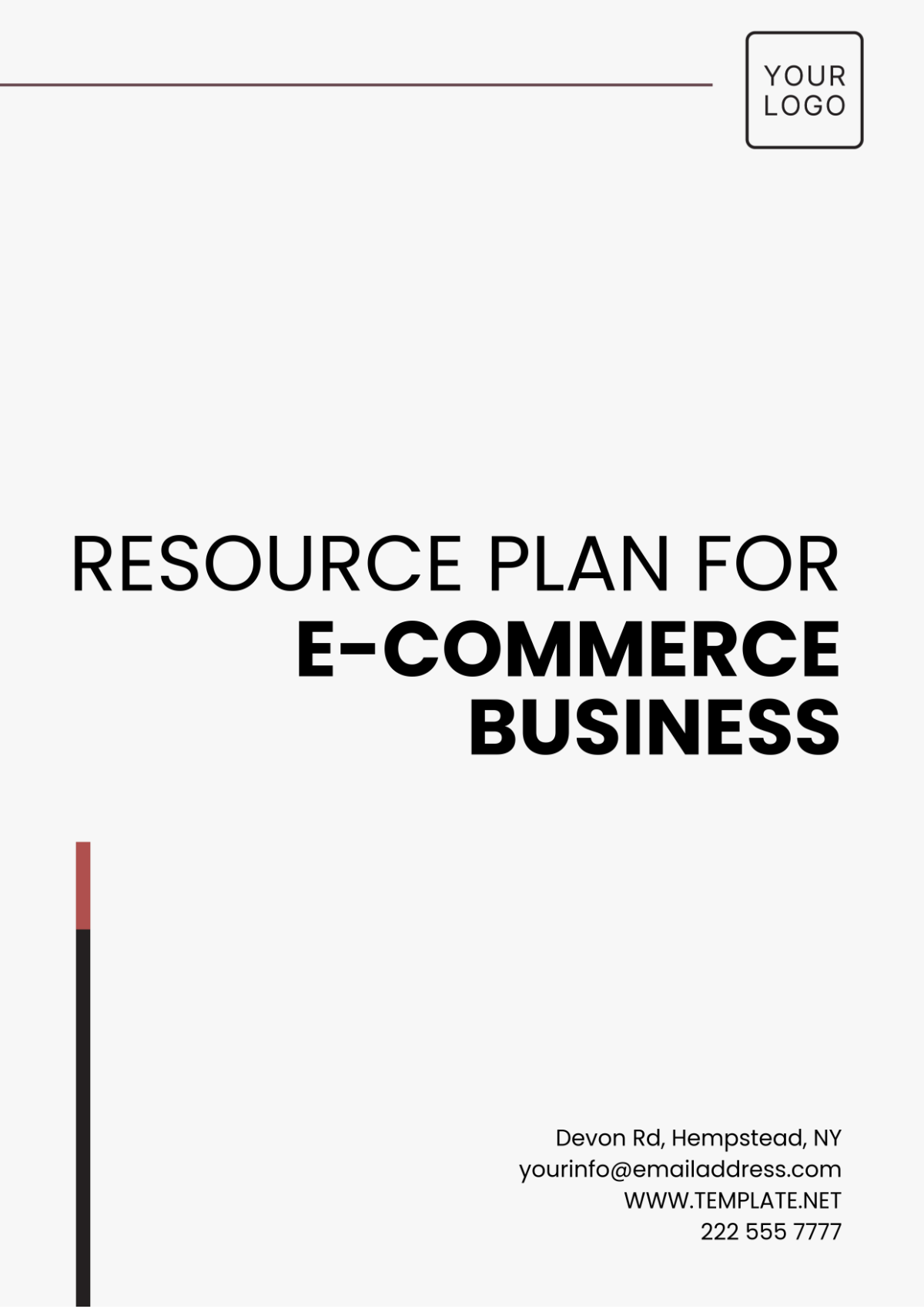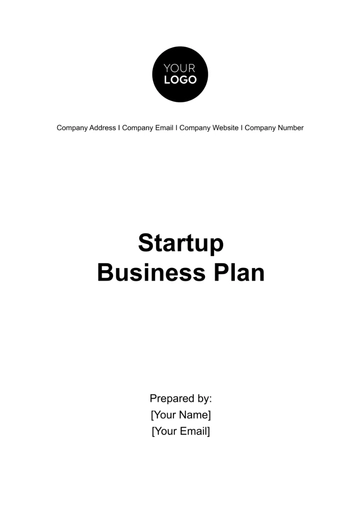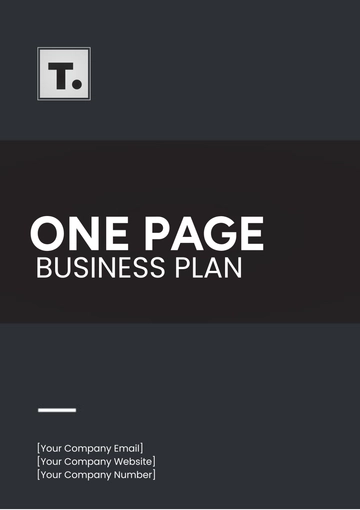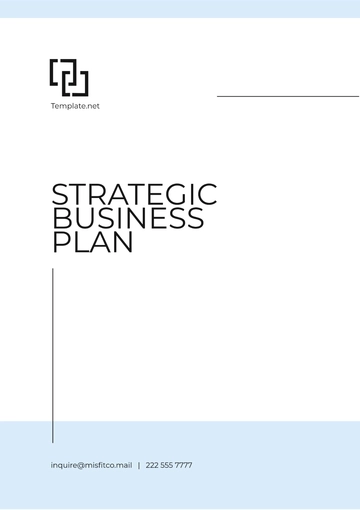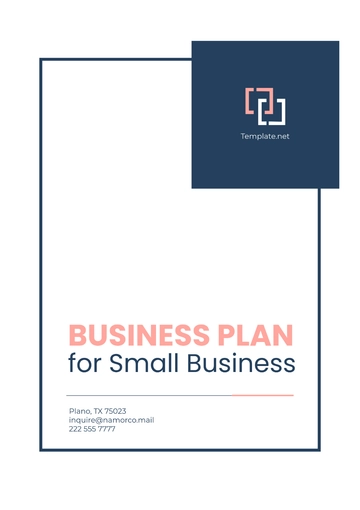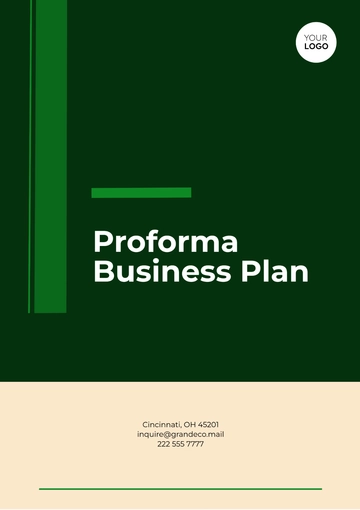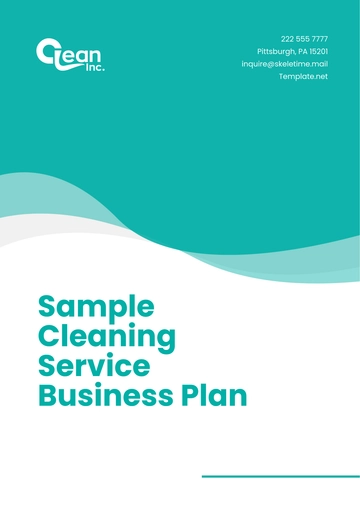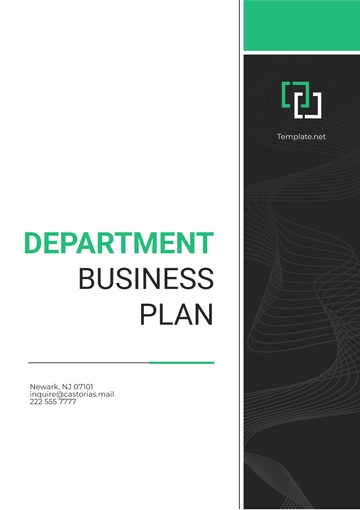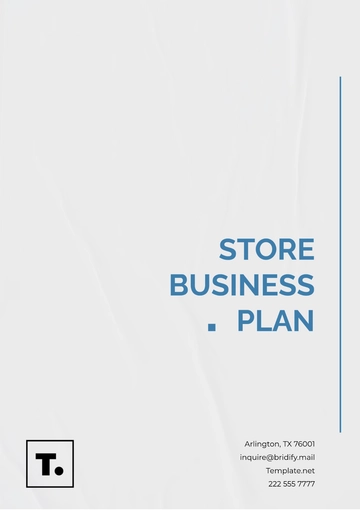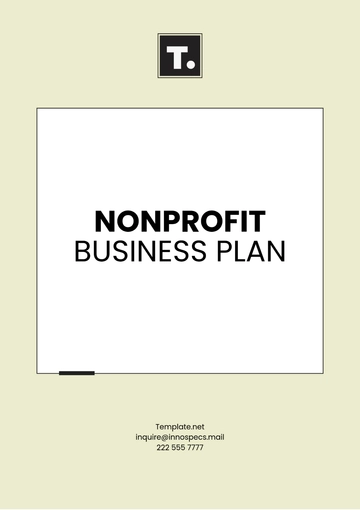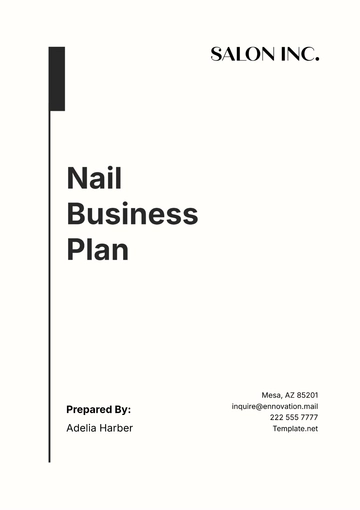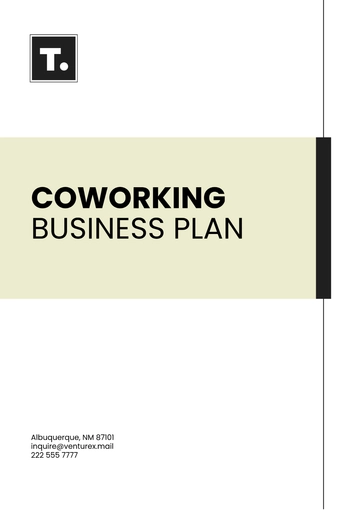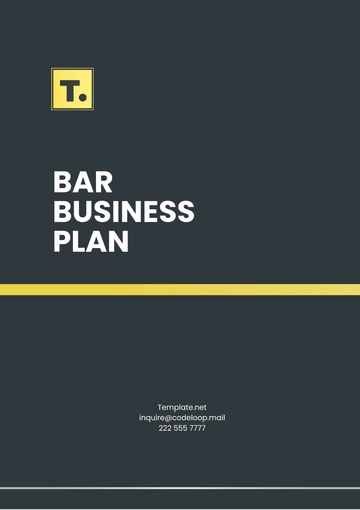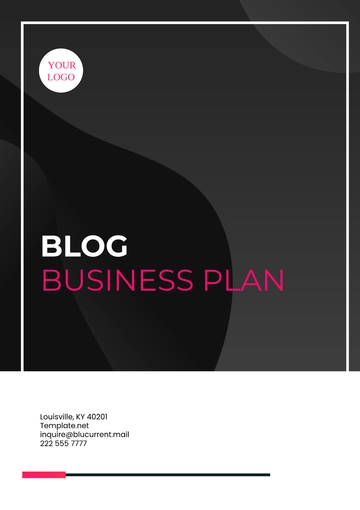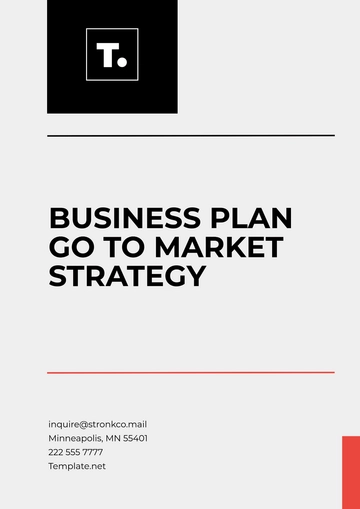Resource Plan for E-Commerce Business
Introduction
This Resource Plan outlines the essential resources required for the successful operation and growth of our e-commerce business, [Your Company Name]. It details the allocation of human resources, financial investments, technological tools, inventory management, and logistics support necessary to achieve our strategic goals.
1. Human Resources
A. Staffing Requirements
Role | Quantity | Responsibilities |
|---|
E-Commerce Manager | 1 | Oversee operations, strategy, and team management. |
Marketing Specialist | 2 | Manage digital marketing campaigns, SEO, and content creation. |
Customer Service Representatives | 4 | Handle customer inquiries, support, and feedback. |
Warehouse Manager | 1 | Oversee inventory management and warehouse operations. |
IT Specialist | 1 | Maintain website performance and tech infrastructure. |
B. Recruitment Plan
Timeline: Recruitment will occur in Q1 (January to March) for all roles.
Budget: $10,000 allocated for job postings, recruitment agency fees, and onboarding processes.
2. Financial Resources
A. Budget Overview
Category | Estimated Cost |
|---|
Marketing | $50,000 |
Staffing | $120,000 |
Technology | $30,000 |
Inventory | $75,000 |
Logistics and Shipping | $25,000 |
Total Estimated Budget | $300,000 |
B. Funding Sources
Internal Funding: $150,000 allocated from company profits and reserves.
External Funding: $150,000 through a small business loan with a local bank.
3. Technological Resources
A. Required Tools and Platforms
Tool/Platform | Purpose | Cost Estimate |
|---|
E-Commerce Platform | Manage online sales (Shopify) | $29/month |
Customer Relationship Management (CRM) | Manage customer interactions (Salesforce) | $300/month |
Inventory Management Software | Track inventory levels (TradeGecko) | $200/month |
Marketing Automation Tools | Automate email and marketing campaigns (Mailchimp) | $100/month |
Analytics Tools | Monitor website traffic and sales performance (Google Analytics) | Free |
B. Annual Technology Costs
E-Commerce Platform: $348 (Shopify)
CRM: $3,600 (Salesforce)
Inventory Management: $2,400 (TradeGecko)
Marketing Automation: $1,200 (Mailchimp)
Total Technology Costs: $7,548
4. Inventory Management
A. Inventory Requirements
Product Category | Initial Stock Level | Reorder Point |
|---|
Electronics | 500 units | 150 units |
Fashion Accessories | 300 units | 100 units |
Home Goods | 400 units | 120 units |
B. Supplier Management
Product Category | Key Supplier | Order Frequency |
|---|
Electronics | Tech Supplies Inc. | Monthly |
Fashion Accessories | Style Source Co. | Bi-Monthly |
Home Goods | Home Essentials Ltd. | Quarterly |
C. Order Schedule
Review Frequency: Monthly reviews of inventory levels and adjustments based on sales data.
5. Logistics and Shipping
A. Shipping Partners
B. Logistics Strategy
Fulfillment Center: Utilize ShipBob for warehousing and fulfillment services.
Shipping Policy: Standard shipping costs $5 for domestic orders over $50; international shipping is calculated at checkout; returns are accepted within 30 days of purchase with a full refund.
Conclusion
This Resource Plan serves as a blueprint for efficiently allocating and managing the necessary resources to operate and grow the e-commerce business, Data Insight Solutions. Regular reviews and updates to the plan will ensure alignment with changing business needs and market conditions, ultimately driving success in the competitive e-commerce landscape.
Plan Templates @ Template.net
